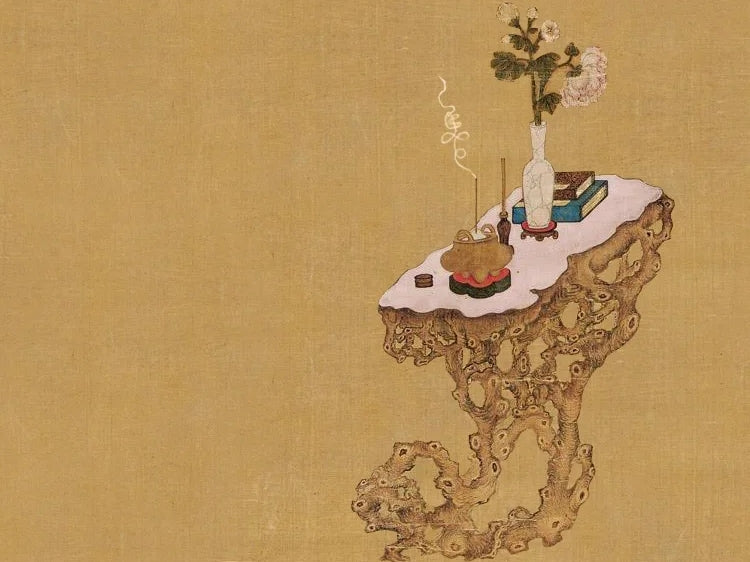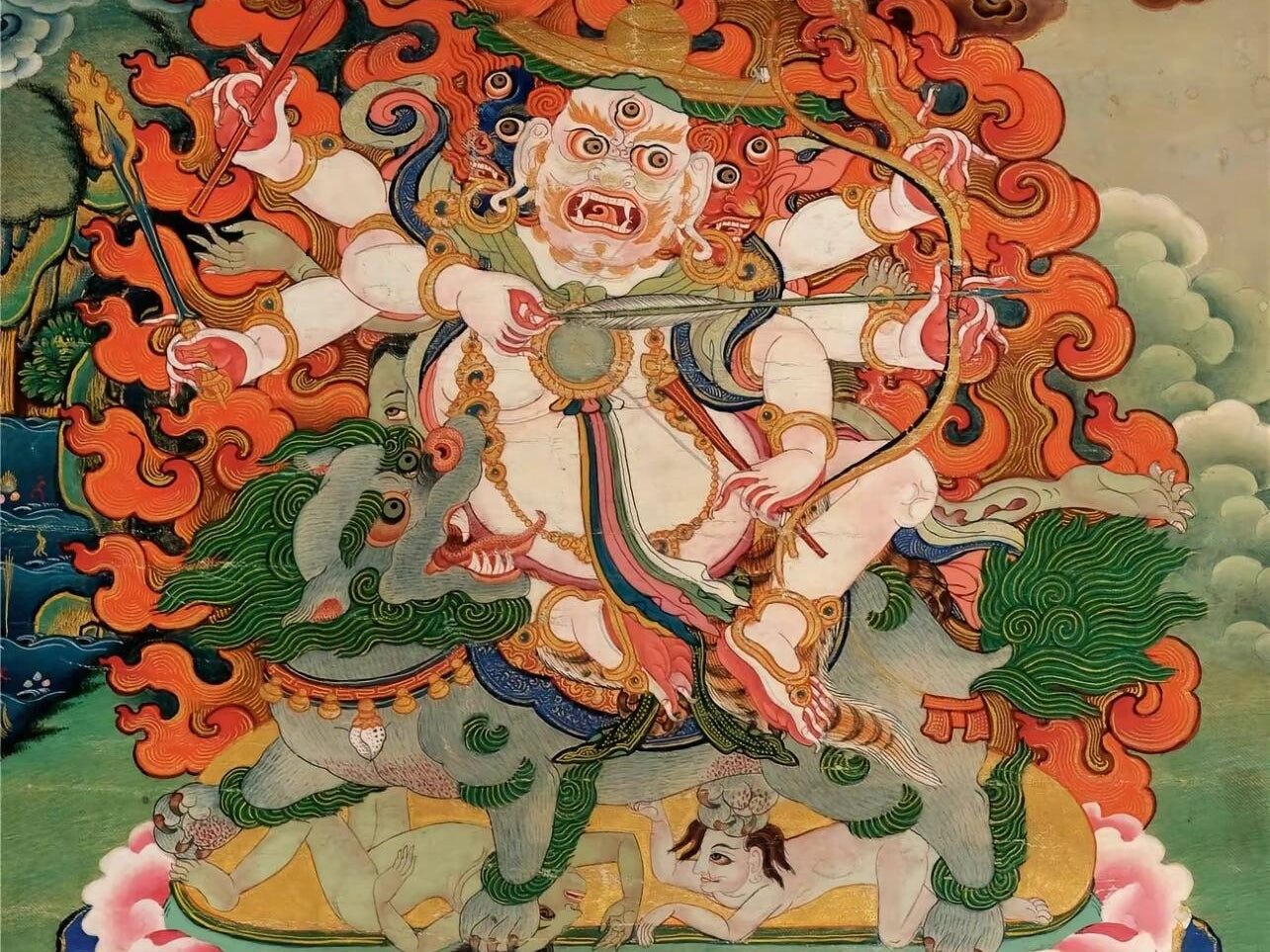What Do the Patterns of Exotic Animals on Ancient Chinese Incense Burners and Other Utensils Mean?
In ancient China, the use of exotic animal patterns on incense burners and other utensils was not merely decorative but also symbolic, reflecting a rich tapestry of cultural beliefs and mythological significance. These patterns, often inspired by mythical creatures, served as more than just embellishments; they carried deep meanings and were believed to bring various benefits and protection to their owners.
Bixi (赑屃) One of the most recognizable creatures is Bixi, often depicted as a turtle-like beast. This mythical animal is traditionally seen carrying heavy stone steles on its back, symbolizing strength and endurance. The Bixi was believed to possess great power to bear weight, making it an ideal symbol for stability and permanence.
Chiwen (螭吻) Chiwen, resembling a dragon without horns, is another fascinating creature frequently found on ancient structures. Known for its love of gazing into the distance, Chiwen was typically placed on rooftops. Its presence was thought to ward off evil spirits and protect the building from disasters, particularly fires.
Pulao (蒲牢) Pulao is depicted as a small dragon that enjoys roaring. Its powerful voice made it a popular motif on ancient Chinese bells. The legend goes that Pulao, fearing whales, would let out a loud cry when attacked, which inspired its use on bells to amplify their sound.
Bi'an (狴犴) Bi'an, resembling a tiger, was associated with justice and law. Often found on the doors of prisons, this creature symbolized the enforcement of law and order, serving as a guardian against chaos and mischief.
Taotie (饕餮) Taotie, a fearsome creature known for its insatiable appetite, was often used on cooking vessels and cauldrons. Despite its association with greed, Taotie symbolized abundance and the bountiful harvest, reflecting the importance of sustenance and prosperity.
Suan Ni (狻猊) Suan Ni, which looks like a lion, had a special affinity for smoke and fire. This made it a perfect symbol for incense burners, as it was believed to enhance the spiritual potency of the incense and ward off evil spirits.
Jiaotu (椒图) Jiaotu, resembling a snail or clam, is known for its preference for closed spaces. It was often carved on door knockers and seals, symbolizing security and protection of the home.
Qilin (麒麟) Qilin, a mythical creature often described as a hybrid of various animals, symbolizes peace, prosperity, and longevity. It is considered a good omen, bringing good fortune and serenity.
Aoyu (鳌鱼) Aoyu, a dragon-like fish, was believed to have the power to control water and prevent fires. This creature was often placed on roofs, serving as a protective charm against natural calamities.
Xiezhi (獬豸) Xiezhi, known for its ability to distinguish between right and wrong, was a symbol of justice and was often associated with legal officials. It represented the enforcement of fairness and integrity.
Pi Xiu (貔貅) In ancient Chinese culture, Pi Xiu (貔貅) is revered as a mythical creature known for its ability to attract wealth and bring good fortune. According to legend, Pi Xiu's diet consists solely of gold, silver, and other treasures, which it can consume endlessly without ever expelling them. This characteristic has made Pi Xiu a popular symbol of wealth accumulation and financial security.
Beyond its association with wealth, Pi Xiu also holds a significant place in Feng Shui, where it is believed to transform bad luck into good fortune. As a guardian of the home, Pi Xiu is thought to ward off evil spirits and negative energy, while promoting positive outcomes in various aspects of life. It is said to bring joy and good luck, as captured in the saying, "With a Pi Xiu at home, all worries disappear."
The third symbolic aspect of Pi Xiu is its representation of prosperity and success. Known for its ability to attract, accumulate, and preserve wealth, Pi Xiu is a favored emblem among those seeking financial success and stability. It symbolizes smooth sailing in financial matters and the achievement of one's goals.
The presence of Pi Xiu patterns on ancient Chinese incense burners and other ceremonial utensils reflects these auspicious meanings. As with other exotic animals depicted in Chinese art, the Pi Xiu's image is not only decorative but also carries profound cultural significance, embodying the ancient Chinese aspirations for prosperity, protection, and happiness.
These mythical creatures and their intricate designs on incense burners and other utensils reflect the ancient Chinese people's deep connection to their beliefs and the natural world. The incorporation of these patterns was not just about aesthetics; it was about invoking the power, protection, and blessings these creatures symbolized. As we admire these ancient artifacts today, we gain insight into the cultural values and spiritual aspirations of the time, appreciating the artistry and symbolism that have transcended generations.
I will continue to update the meaning of the strange beasts in this part. After all, there are too many legends of strange beasts to share with you in the mysterious ancient Eastern world.
One of the most famous references is 《山海经》the Classic of Mountains and Seas.



